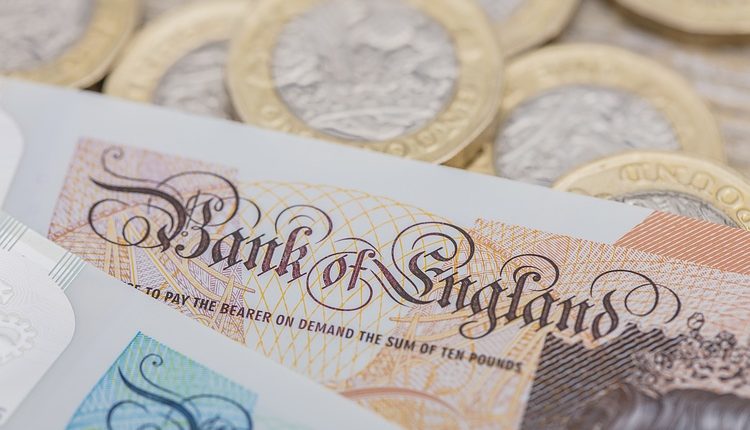GBP/USD came under renewed bearish pressure and declined to the 1.2100 area before recovering modestly in the European session. The near-term technical outlook suggests that the bearish bias stays intact.
Retail Sales in the UK fell by 0.9% on a monthly basis in September, the UK’s Office for National Statistics reported on Friday. This reading came in weaker than the market forecast for a decrease of 0.1% and weighed on Pound Sterling. Read more…
GBP/USD hovers below 1.2150 after retracing recent gains
GBP/USD retreats from the recent gains on risk-off sentiment, trading lower around 1.2130 during the Asian session on Friday. However, the pair faced upward support in the previous session from a weakened US Dollar (USD) following comments by Federal Reserve (Fed) Chairman Jerome Powell.
Powell made it clear that if there’s convincing evidence of growth exceeding expectations or if the labor market stops progressing, the Federal Reserve could consider tightening monetary policy further. Read more…
Pound Sterling falls sharply on weak UK Retail Sales data
The Pound Sterling (GBP) retreated after the UK Office for National Statistics (ONS) reported a weak Retail Sales data for September. UK households have postponed their demand for core goods as higher borrowing costs and stubborn inflation have squeezed their spending power. The GBP/USD pair has been exposed to more downside as declined consumer spending indicates that the overall demand will remain vulnerable, which would force UK firms to scale down their operating capacity further.
The consequences of a slowdown in the retail demand would be borne by producers and job-seekers as weak consumer spending could result in lower production by firms and henceforth soft demand for labor. For Bank of England (BoE) policymakers, poor retail demand cuts consumer inflation expectations significantly and cools the economy. Read more…
Read the full article here

